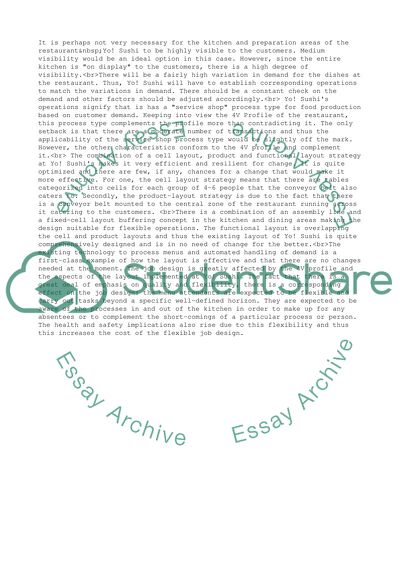Cite this document
(Operations and Quality Management Case Study Example | Topics and Well Written Essays - 1250 words, n.d.)
Operations and Quality Management Case Study Example | Topics and Well Written Essays - 1250 words. Retrieved from https://studentshare.org/management/1522844-operations-and-quality-management
Operations and Quality Management Case Study Example | Topics and Well Written Essays - 1250 words. Retrieved from https://studentshare.org/management/1522844-operations-and-quality-management
(Operations and Quality Management Case Study Example | Topics and Well Written Essays - 1250 Words)
Operations and Quality Management Case Study Example | Topics and Well Written Essays - 1250 Words. https://studentshare.org/management/1522844-operations-and-quality-management.
Operations and Quality Management Case Study Example | Topics and Well Written Essays - 1250 Words. https://studentshare.org/management/1522844-operations-and-quality-management.
“Operations and Quality Management Case Study Example | Topics and Well Written Essays - 1250 Words”, n.d. https://studentshare.org/management/1522844-operations-and-quality-management.


